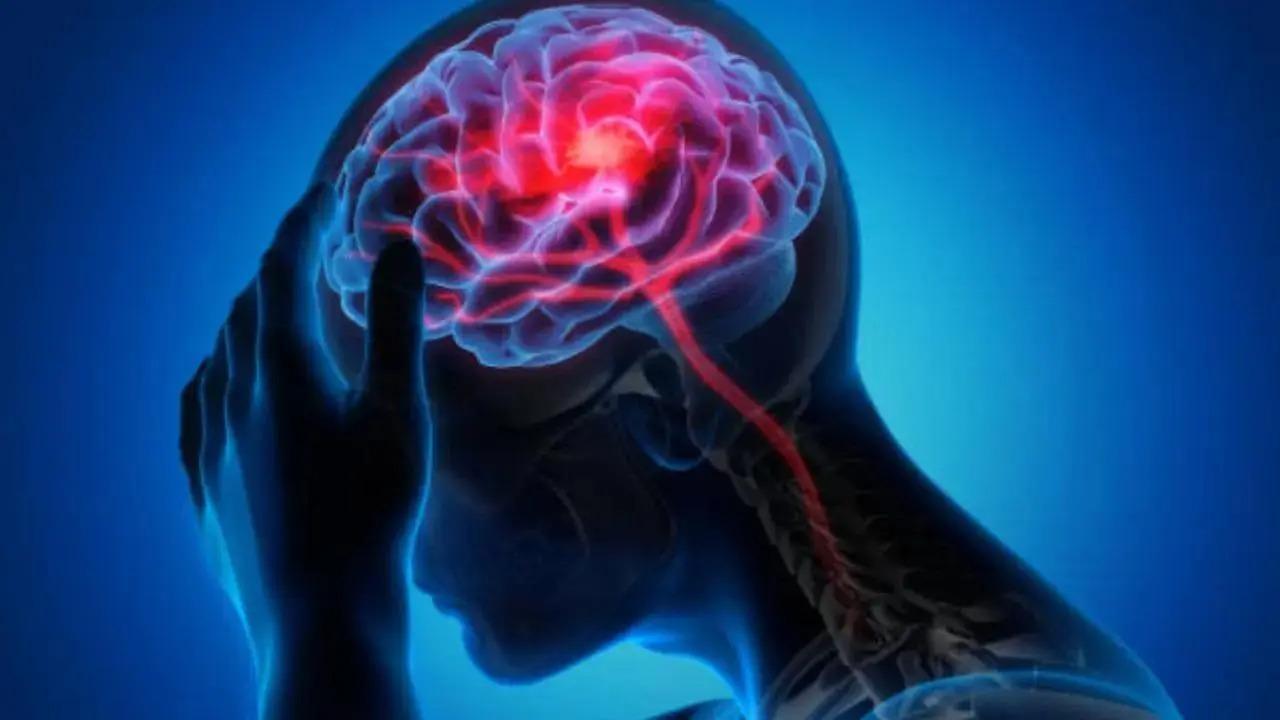
Roughly a fourth of the Indian population has access to a rehabilitation centre within an hour of experiencing an ischaemic stroke — caused when a blood clot affects supply to the brain, a study has found.
The research, published in the International Journal of Stroke, also estimated that there is less than one ischaemic stroke centre per million population.
Ischaemic stroke is the most common, accounting for about 70-80 per cent of all strokes in India, according to a September 2024 study, published in the journal Scientific Reports.
In the recent study, researchers, including those from the US` Ascension Health and All India Institute of Medical Sciences (AIIMS), Hyderabad, found that a total of 566 stroke centres equipped with the `intravenous thrombolysis` method of treatment (which breaks up blood clots) were spread across 26 states and union territories.
Of the 566, over 60 per cent (361) were found to be also equipped with endovascular therapy for stroke patients, considered superior.
Typically, an ischaemic stroke patient was 115 kilometres away from the nearest intravenous thrombolysis treatment centre and about 130 kilometres away from the nearest endovascular therapy centre, the researchers found.
Further, a little over 26 per cent of the Indian population can access intravenous thrombolysis centre in under an hour, while about a fifth can access endovascular therapy centre, the team found.
For the analysis, data on “intravenous thrombolysis capable (IVT-C) and endovascular treatment capable (EVT-C)” stroke centres were collected in March 2021 from medical devices and pharmaceutical industry providers. Time taken to drive to the nearest stroke care centre was estimated using the application `Google Distance Matrix API`.
“Access within one hour to an IVT-C and an EVT-C centre was available to 26.3 per cent and 20.6 per cent of the Indian population, respectively,” the authors wrote.
“The average stroke centres per million (SCPM) population was 0.41 and 0.26 for IVT-C and EVT-C, respectively,” they wrote.
Further, “median (typical) distances to the nearest IVT-C and EVT-C centres were 115 kilometres and 131 kilometres, respectively.”
The authors said establishing stroke facilities equipped with intravenous thrombolysis and endovascular treatments in poorly served regions in India is urgently needed to increase access and improve outcomes for stroke patients.
Also Read: World Stroke Day: Why young adults face a higher risk of stroke from lifestyle choices
This story has been sourced from a third party syndicated feed, agencies. Mid-day accepts no responsibility or liability for its dependability, trustworthiness, reliability and data of the text. Mid-day management/mid-day.com reserves the sole right to alter, delete or remove (without notice) the content in its absolute discretion for any reason whatsoever
